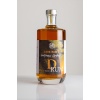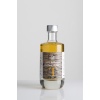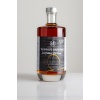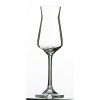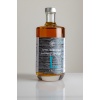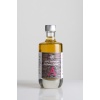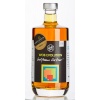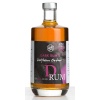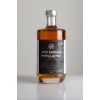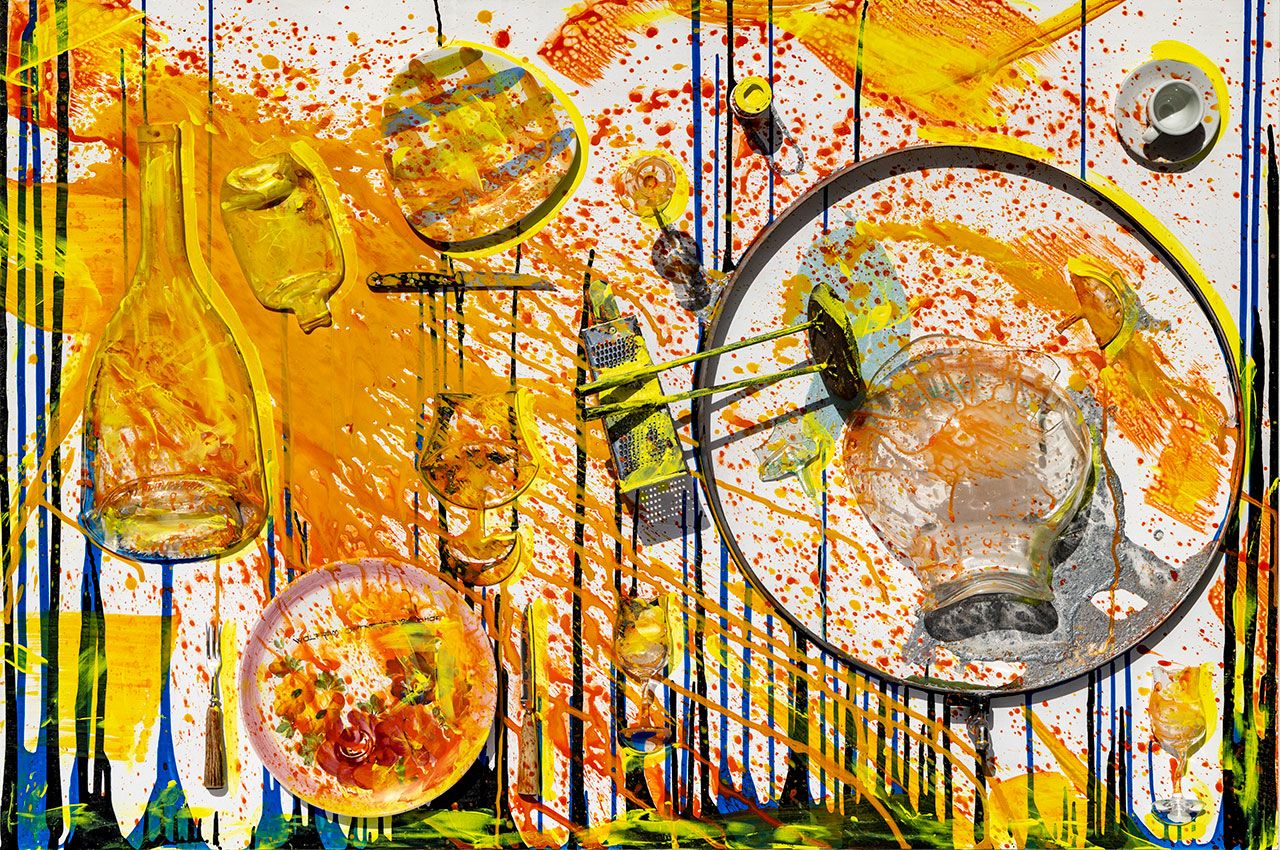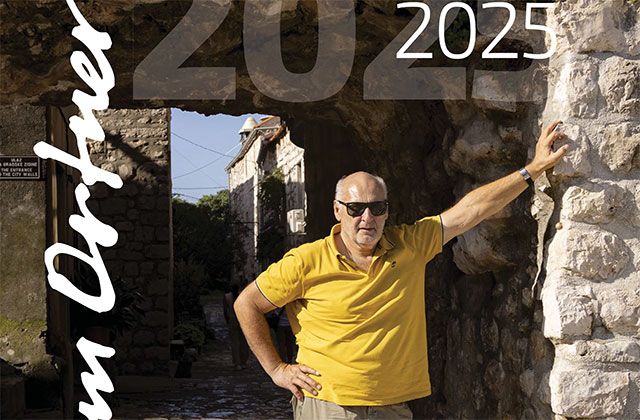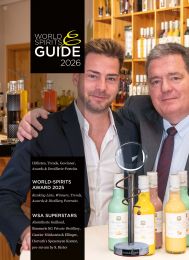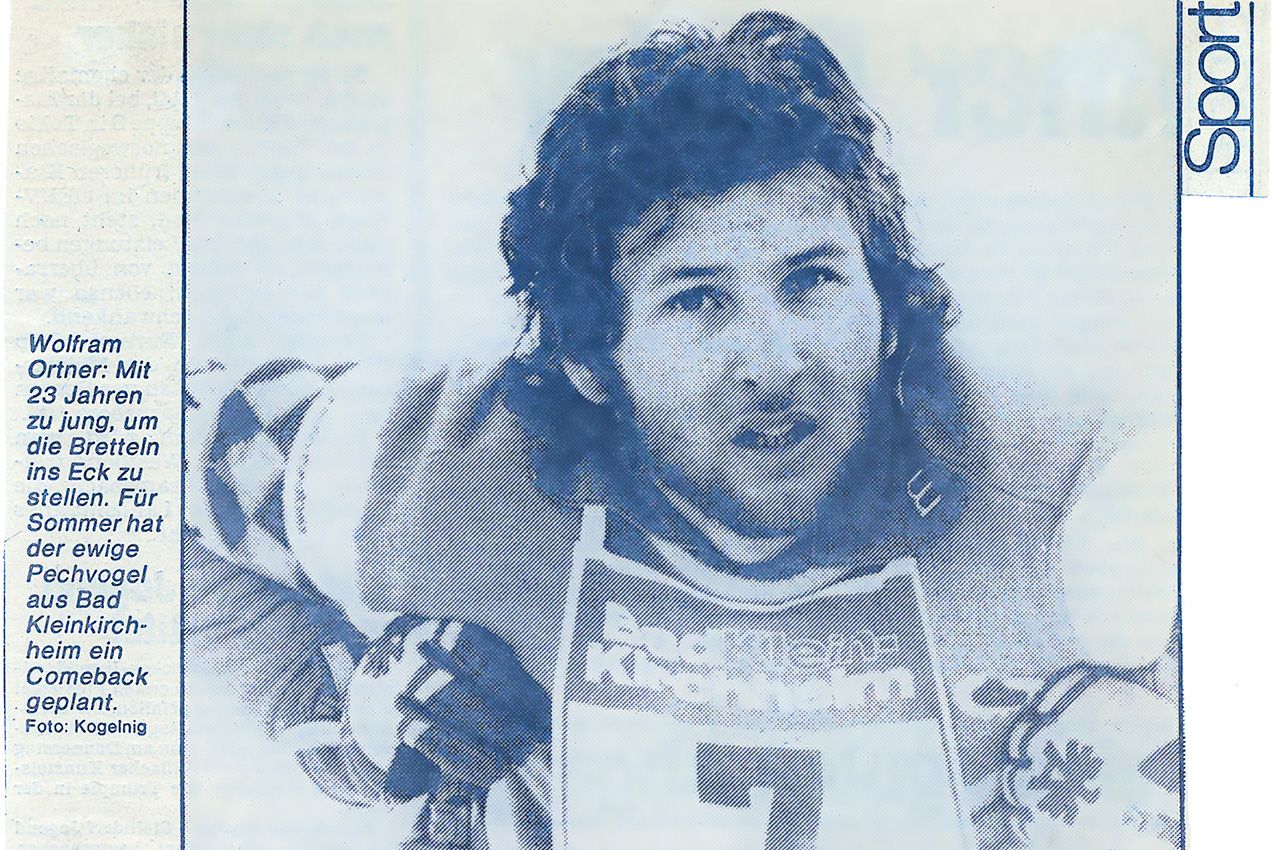
Table of Contents
- The Versatility of Grapes: What Can You Make?
- The Enchantment of Wine Yeast Brandy
- Classic Wine Brandy: The Pure Expression
- Vermouth: The Botanical Symphony
- The Experience: Drinking Grape Brandy Yeast Spirits
- FAQs About Grape Brandy Yeast Spirits
- Conclusion: Exploring the Depths of Grape Brandy Yeast Spirits
Grape, Brandy and Yeast Spirits: The Magic Hidden in the Vineyard
When it comes to the fascinating world of spirits, few things capture my imagination quite like grape brandy yeast spirits. These unique products showcase the incredible potential locked within a single grape, transforming simple fruit into exquisite drinks ranging from grape brandy to vermouth. In this article, I’ll take you on a journey through the vineyard and distillery, exploring how grapes become a variety of spirits, the traditional and modern methods involved, and the remarkable quality that earned one of these spirits the prestigious title of Spirit of the Year at the World Spirits Award.
The Versatility of Grapes: What Can You Make?
Grapes are truly magical. From one humble grape, you can create multiple distinct products, each with its own character and story. Here’s a quick overview of the core products made from grapes:
- Grape (Wine) – The starting point, where crushed grapes undergo fermentation to create wine.
- Grape Brandy – Distilled spirit made from fermented grape mash.
- Wine Yeast Brandy (Hefebrand) – A spirit made from wine yeast with a distinct character and usually higher alcohol content.
- Vermouth – Fortified and aromatized wine with botanicals, often used in cocktails or enjoyed on its own.
Each of these products begins with the grape but diverges in production methods and flavor profiles, offering a wide palette of tastes for enthusiasts.
The Star Grape: Orange Blood Muscat
The grape at the heart of this exploration is the Orange Blood Muscat, also known as Orangenblutmuskateller. This variety hails from the Euganean Hills near Padua, Italy – a region known for its rich soil and favorable climate for viticulture.
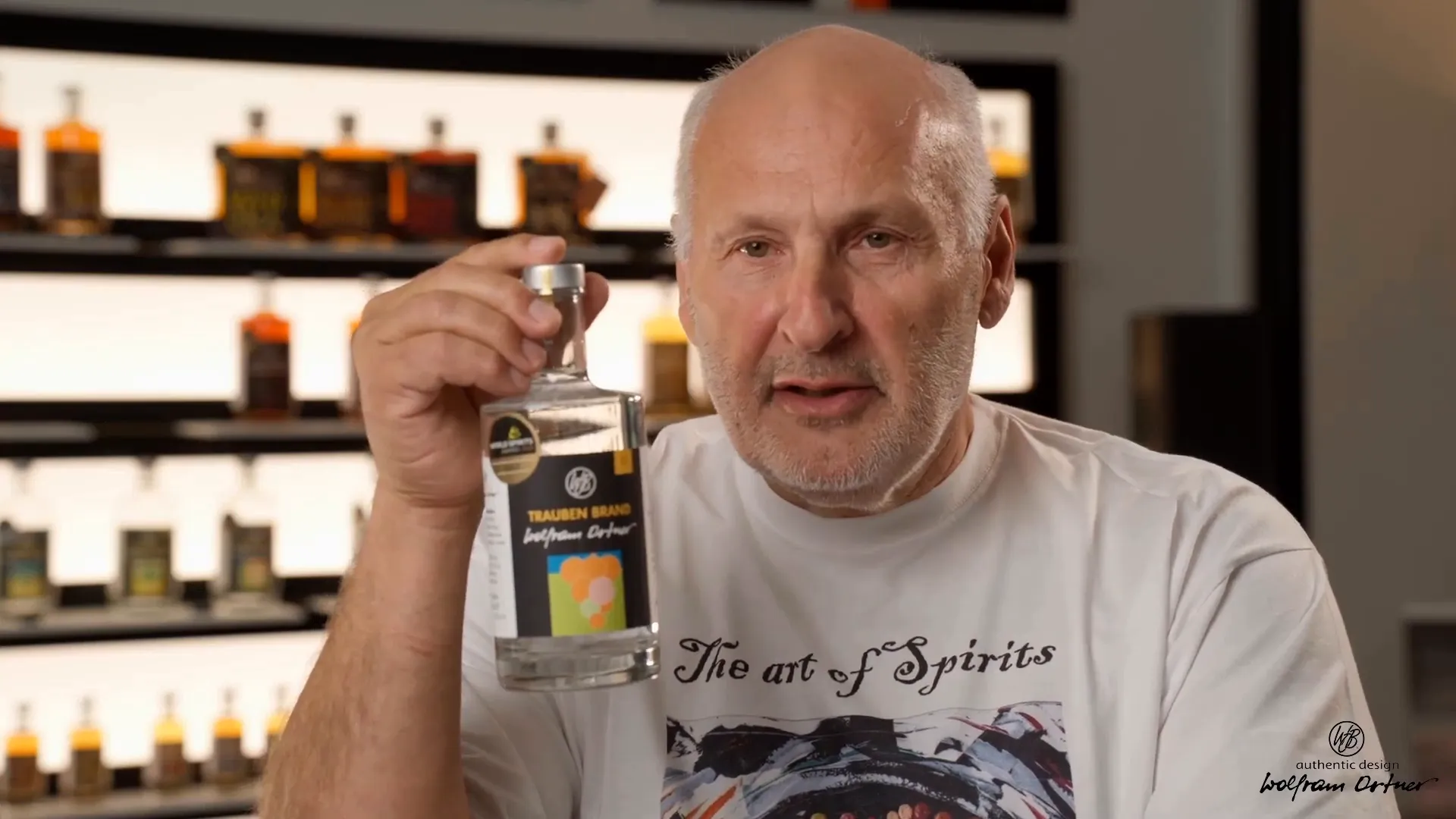
The grapes are harvested and crushed on-site in Italy, where the juice undergoes natural fermentation initiated by added yeast. This yeast works its magic, converting sugars into alcohol until the fermentation completes. The resulting mash then moves into tanks, where it’s distilled to produce the base for various spirits.
The Enchantment of Wine Yeast Brandy
One of my personal favorites in the grape brandy yeast spirits family is the wine yeast brandy. Also known as hefebrand, this spirit stands out for its unique production process and robust flavor profile. For example, the Nero brand also uses wine yeast in its production, highlighting the versatility of this method.
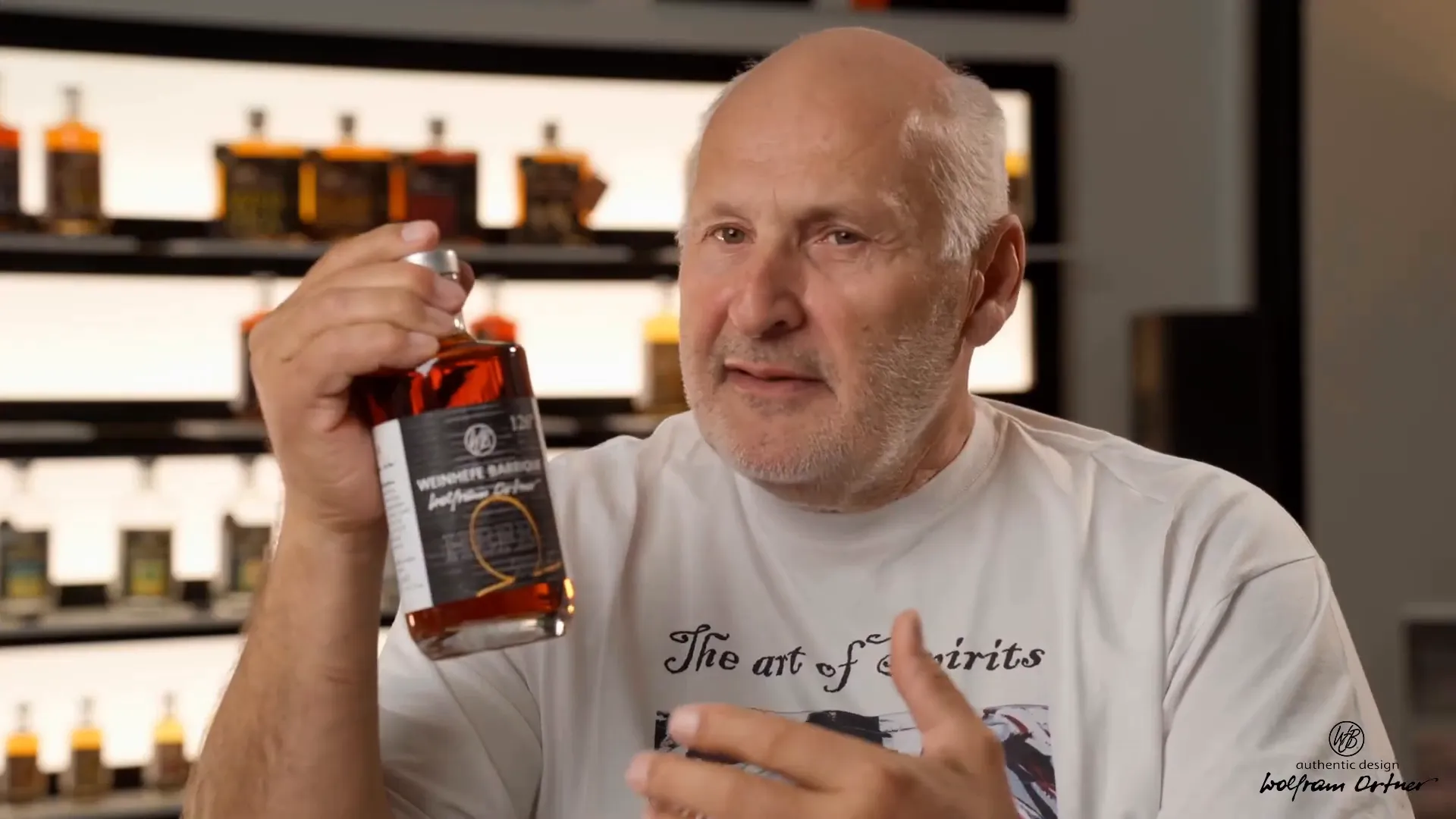
Our wine yeast brandy, produced by Fritz Vinegar in Stammersdorf, Vienna, boasts a cask strength of about 20% alcohol by volume. This spirit is not only a delight to taste but has also earned international recognition. It was awarded the coveted Spirit of the Year title at the World Spirits Award 2024, a testament to its exceptional quality and craftsmanship.
What makes this wine yeast brandy special is its balance of intensity and smoothness, a product that truly honors the grape’s origins while showcasing the mastery of yeast fermentation and distillation.
Understanding the Production: From Yeast to Spirit
The process begins with carefully selected grapes, fermented with specific yeast strains that enhance the fruit’s natural flavors. The fermentation is closely monitored until the yeast has fully converted the sugars. After fermentation, the mash is distilled, concentrating the alcohol and flavors. The result is a spirit that carries the essence of the grape, enriched by the yeast’s activity.
Classic Wine Brandy: The Pure Expression
Next in line is the classic wine brandy, often referred to as “Wob Brandy” or simply brandy. This spirit is made from Sauvignon Blanc grapes cultivated by the Wallik family in Psorf. Unlike the wine yeast brandy, this classic brandy is distilled directly from fermented wine, preserving the pure character of the grape.
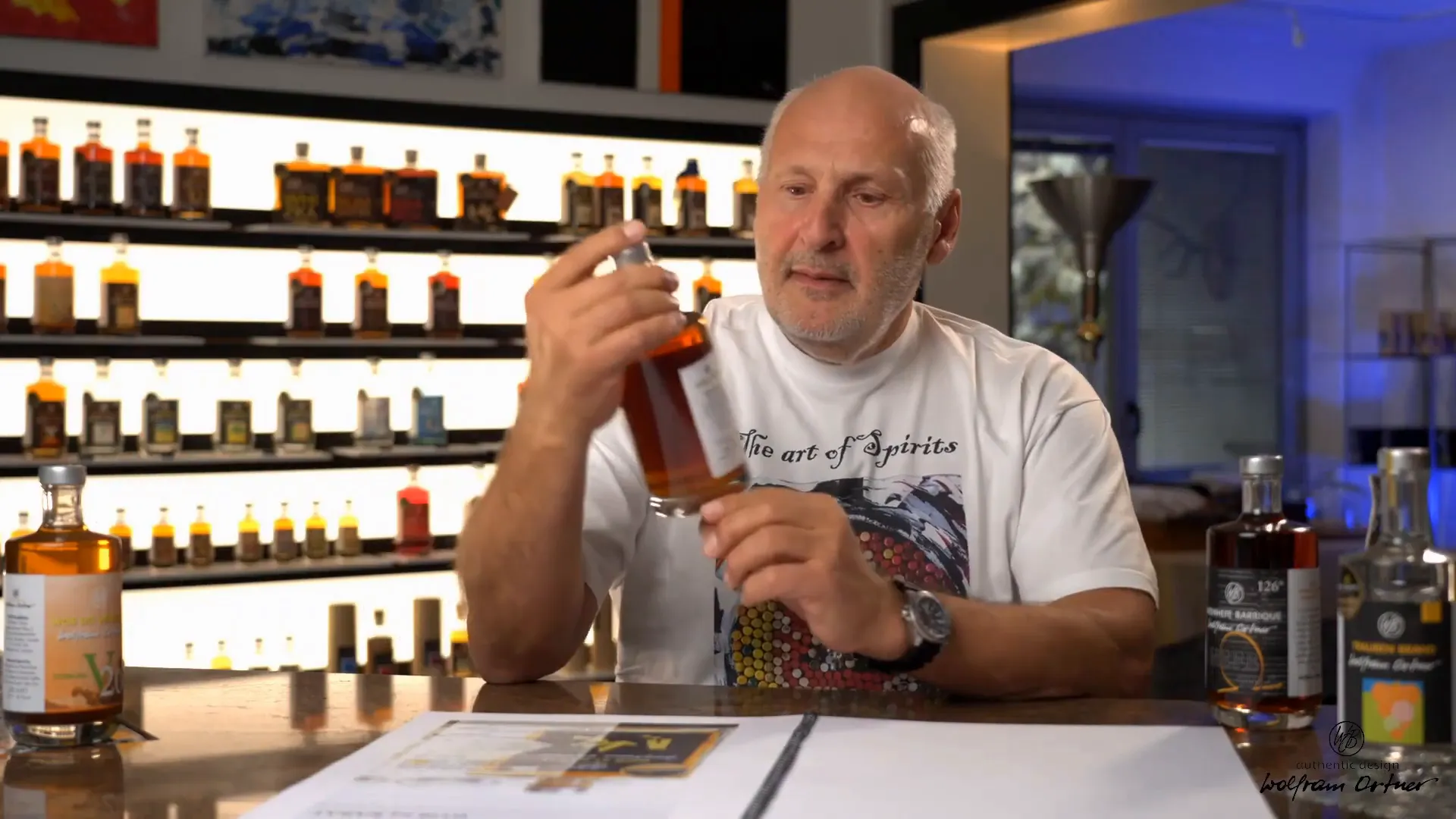
This brandy embodies tradition and elegance—a pure wine spirit just as it should be. It’s a clear expression of terroir, grape variety, and time-honored distillation techniques that have been perfected over generations.
Vermouth: The Botanical Symphony
Another fascinating product derived from grapes is vermouth, a fortified wine infused with botanicals. Our special vermouth, labeled as V20, is distinct because it contains zero sugar and 20% alcohol by volume. The “20” in the name refers to the number of botanicals blended into this aromatic spirit.
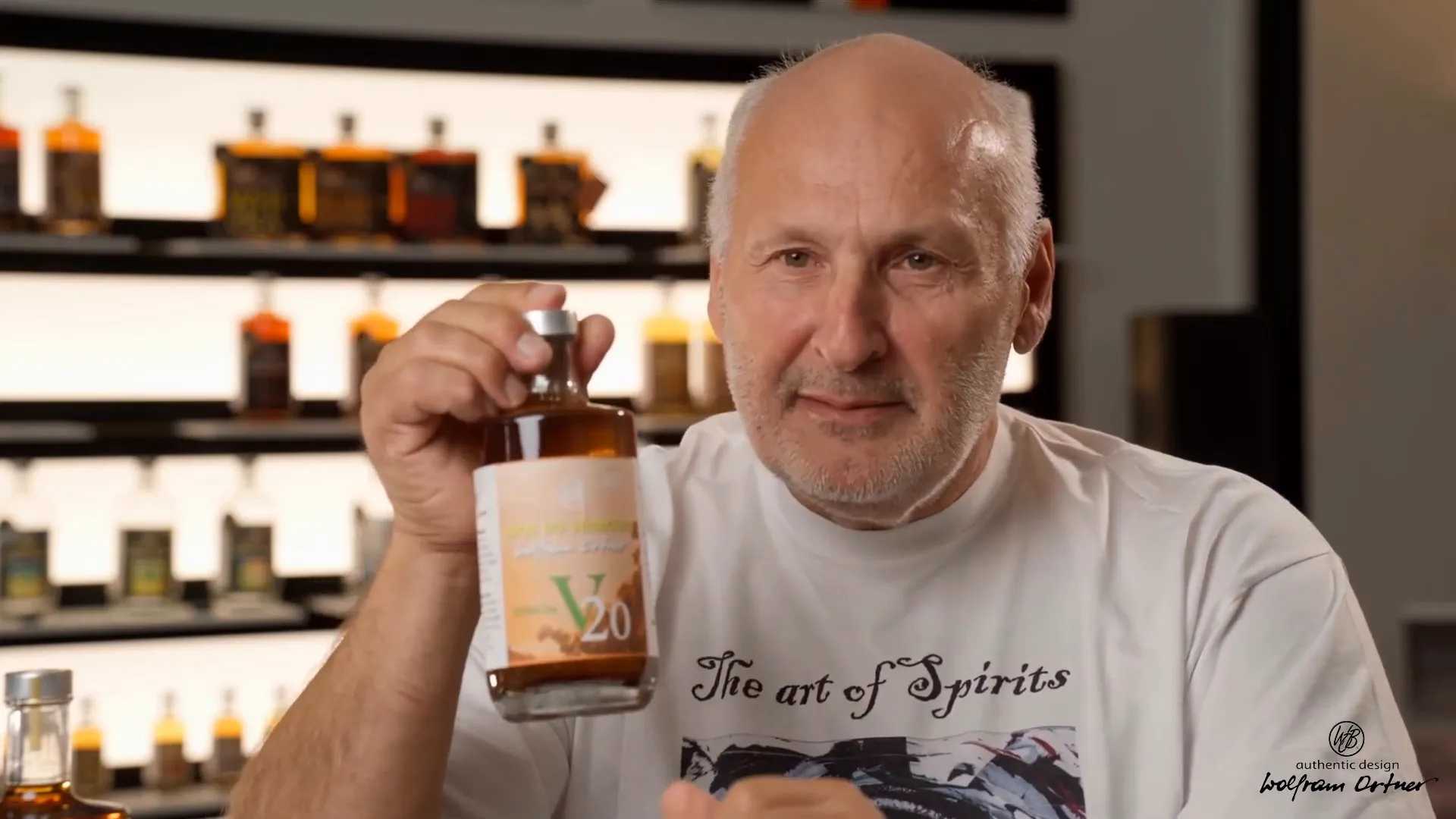
The base for this vermouth is a Muskateller wine from the Wallik family. The absence of sugar makes it a more refined and less sweet option compared to traditional vermouths, appealing to those who appreciate a dry, complex palate.
Enjoyed chilled with ice, especially during warm summer days, this vermouth offers a refreshing yet sophisticated drinking experience. It challenges the typical perception of vermouth as a simple mixer and invites you to savor it on its own.
The Experience: Drinking Grape Brandy Yeast Spirits
Drinking these spirits is more than just tasting alcohol; it’s a journey into the vineyard’s soul. Whether it’s a bottle of wine yeast brandy at 20% alcohol or a classic grape brandy, each sip tells a story of careful cultivation, fermentation, and distillation.
To be honest, when was the last time you poured yourself a bottle of wine yeast brandy to enjoy solo? Its robust yet smooth character makes it perfect for sipping and savoring, especially on an evening when you want to appreciate the depth of flavors that only grapes and yeast can create together.
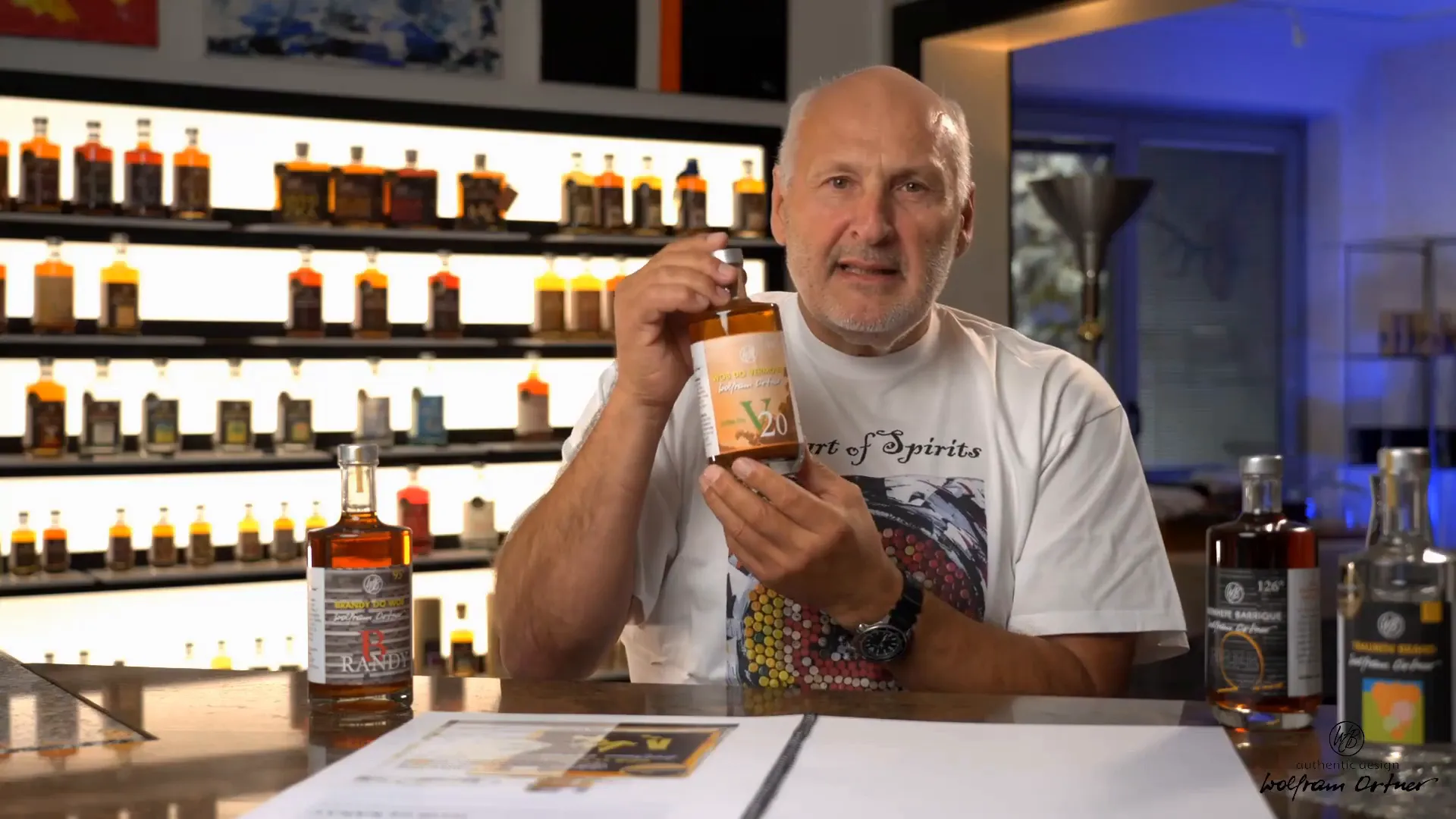
Pairing and Serving Tips
- Wine Yeast Brandy: Serve neat or with a single ice cube to appreciate its full flavor.
- Classic Wine Brandy: Ideal for after-dinner sipping, pairs well with dark chocolate or nuts.
- Vermouth V20: Perfect over ice with a twist of citrus or as a base for sophisticated cocktails.
Conclusion: Exploring the Depths of Grape Brandy Yeast Spirits
The world of grape brandy yeast spirits is a testament to the artistry and science behind transforming grapes into exceptional drinks. From the vineyards of Italy and Austria to the distillation tanks in Vienna, each step is infused with tradition, passion, and innovation.
Whether you prefer the robust and award-winning wine yeast brandy, the classic elegance of grape brandy, or the botanical charm of vermouth, these spirits invite you to discover new flavors and experiences. So next time you raise a glass, remember the story hidden inside each sip – the story of grapes, yeast, and the magic of the vineyard.
Top Seller
FAQ - Häufig gestellte Fragen
Wine yeast brandy, also known as hefebrand, is a distilled spirit made from wine fermented with specific yeast strains. It typically has a higher alcohol content than regular wine and carries distinctive flavors imparted by the yeast during fermentation.
Grape brandy is distilled directly from fermented wine, focusing on the pure expression of the grape variety. Wine yeast brandy involves a fermentation process that emphasizes the role of yeast, resulting in a spirit with unique aromatic and flavor characteristics.
Vermouth V20 is a dry vermouth with zero sugar and 20% alcohol, infused with 20 different botanicals. This combination creates a complex and refreshing spirit that stands out from traditional, sweeter vermouths.
The grapes originate from the Euganean Hills near Padua, Italy, and from vineyards in Austria, such as those owned by the Wallik family. These regions provide ideal conditions for cultivating high-quality grape varieties like Orange Blood Muscat, Sauvignon Blanc, and Muskateller.
It was recognized for its outstanding quality, balance, and craftsmanship. The spirit’s unique production process, combined with exceptional raw materials and distillation expertise, earned it top honors at the World Spirits Award 2024.


